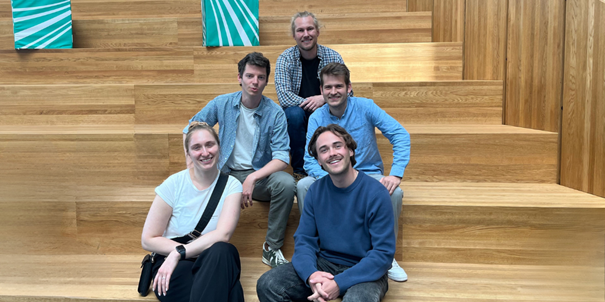The global energy transition cannot be achieved without green hydrogen. As a climate-neutral energy source, it enables the decarbonisation of energy-intensive industrial processes and long-distance transport. Hydrogen can also help bridge periods of low solar and wind power generation. Since the production of green hydrogen requires significant amounts of green energy, countries with a high availability of renewable energies are coming into focus – especially many regions on the African continent. That is why the H2Global meets Africa research project is working to highlight the potential for green hydrogen from Africa and thus support the establishment of energy partnerships with the European continent.
The project, led by OTH Regensburg in cooperation with Fraunhofer IEE and the H2Global Foundation and funded by the German Federal Ministry of Education and Research, has made significant progress: With the Kenya PtX Atlas published by Fraunhofer IEE, it is now possible to transparently assess the suitability of land for solar and wind energy production. Thanks to a high-resolution model, potential sites are evaluated and rated based on over 30 technical exclusion and assessment criteria. The result is a publicly accessible tool that provides stakeholders and private individuals in Kenya with a basis for decision-making when investing in green hydrogen, thus supporting the ramp-up of production capacities.
Regions that are particularly suitable were analysed in detail in a comprehensive report by Fraunhofer IEE, H2Global and Strathmore University in Nairobi. The costs of producing climate-neutral ammonia – a widely used precursor for global fertiliser production – using green hydrogen were calculated at between €941 and €2,734 per tonne. Under certain conditions, locally produced green ammonia can compete with imported conventional fertiliser. This enables local value creation in Kenya and lays the foundation for exports to other regions of the world, such as Europe. The report and the data tool highlight the importance of reliable, publicly available data in supporting sustainable technologies such as green hydrogen and moving closer to the global goal of climate neutrality.
In future, the atlas could also be expanded to include other countries, regions or methods of producing green hydrogen in order to highlight additional potential applications.
